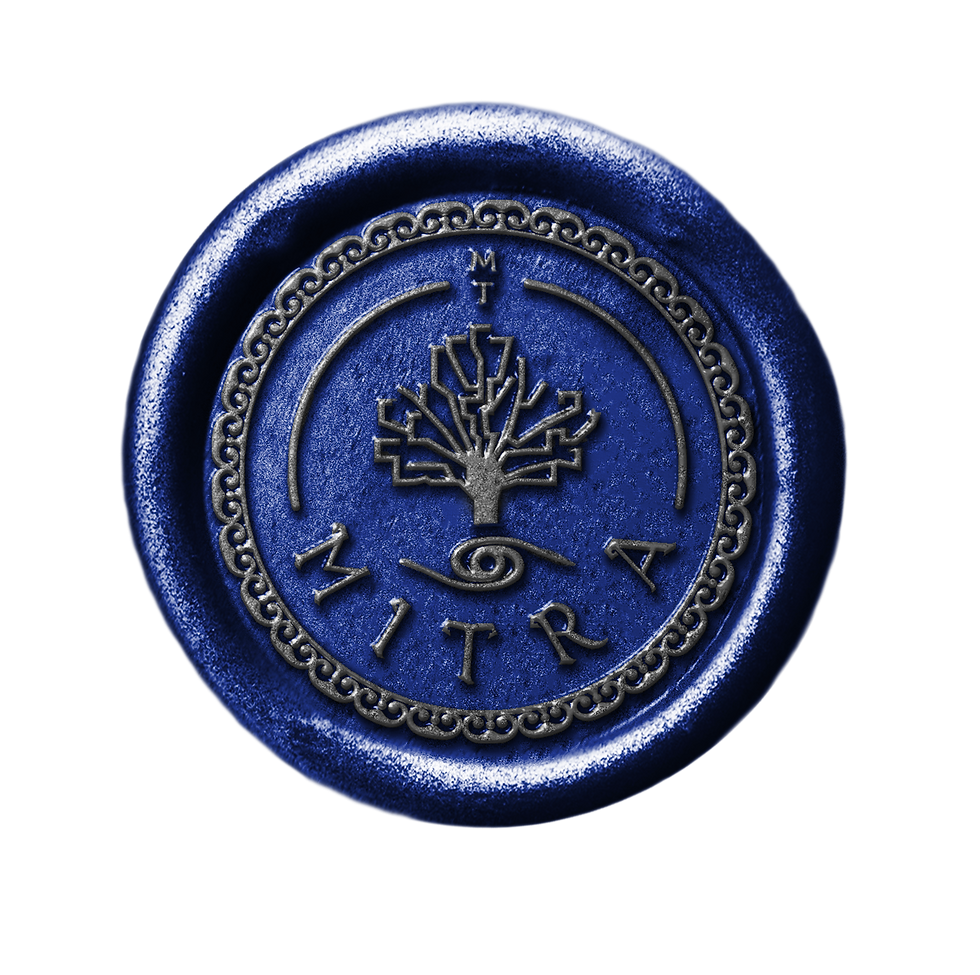Elemental Plane of Fire: Exploring the Mysterium Tremendum within “The Flame”
- Yahya
- Jun 28, 2023
- 3 min read
Updated: Jul 4, 2023
written as a public access exploration by Minister Carnot

This brief essay, which I was motivated to write thanks to the Tribunal’s recent involvement in academia, will try to defend a growing interpretation of the fascinating physical composition of the Elemental Plane of Fire and its links to what the endemic cultures of said plane call “the Primordial Flame”, “the Flame”, “the First Ember”, “the Rage”, “Heat/Warmth” or, simply put in some instances, “Life”.
One may discover more than enough elements to compare this “Flame” to both ancient and modern primary numinous religions present all across the Prime Material Plane. One could even argue that it closely resembles the status in which we regard the Anthropian Library —note the capitalization of the name—. Let us, then, use this point of comparison to properly define both instances of numinous entities and their influence to certain cultures.
I believe it was Hermeneut Otto who expressed the term “numinous” first when referring to that which represents the sacred experience or dimension outside a sentient species’ figure. This, of course, means that a “numen” can be understood as a “sacred pathway” represented by, let us say, a geometrically perfect library of exquisite knowledge. Then again, of course, for a society living in a world impossibly ablaze, everchanging, infinitely vast and beautiful apiece, instead of a library the most immediate numen may be the very concept of fire.
I dare to question: Is the Primordial Flame, then, a mere abstraction? Or can it be an actual entity existing somewhere deep within the realm? The land itself may be a clue. It is well known that heat from this plane comes from down underground, far beyond the level any explorer has ever reached, which is estimated to be around the 700 meters mark (2,300 ft). What would we find if we went deep beneath the rock, the metal, and the fire? Perhaps a sight very much like the Anthropian Library. Perhaps nothing at all. Dealing with “what-if”s, of course, is not the Ministry’s way, so let us move on to actual knowledge with a serious line of thought: How has this Flame, existing or not, shaped the cluster of cultures in the Elemental Plane of Fire?
Two concrete instances, the most representative ones: the Salamanders and the Efreet. The former, being an introduced species from another plane, offer the most interesting case of study; the latter, offers something less mysterious, but not less valuable nor awe-inspiring.
A Salamander, as has recently been made public knowledge, starts as a Fire Snake crawling around the molten metals and rocks of the plane to later become an adult with reasonable intellect. These adults, when asked, often regard the Flame, or First Ember, as innocuous and everlasting, evidenced by the thermodynamic impossibilities of their land. When observed in their daily routine, they offer no particular rite nor dedicate a time of day to prayer, dances, Mass, or communion with the Flame as far as our researchers could tell. The one piece of adoration, curiously, came in the form of customs and in language, such as referring to the Flame when expressing gratitude, exasperation, uncertainty, or such sentiments. This adds to the overall respect and warmth (pardon my choice of words) with which they treat fire and heat itself, as if it was another person.
In regards to the Efreet, I will continue this exploration soon in my next publication. It goes to show, I think, how complicated it is to define such a transcendental concept in a few short paragraphs.


Comentarios